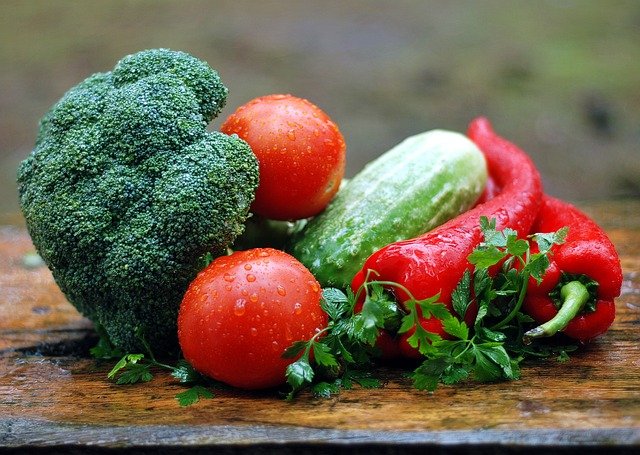
This was the first time salt was created using this method by the ancient Chinese and Romans. Buddha taught the world how to keep and collect salt in early fifth century BC. To collect the brine, the Romans used ceramic containers known as briquetage. The concentrated salt was then scraped and washed away by workers. The brine was then placed in shallow pans. They were then set on clay pillars over a peat fire. The workers then sold the dried and powdered salt to the New World colonists. In the New World, slaves came from Africa to rake salt at various islands in West Indies like the Bahamas and Turks and Caicos Islands.
While most people know about table salt, not everybody knows how sea Salt is made. Although table salt contains sodium chloride as its main ingredient, sea salt can also contain other minerals such as magnesium and iron. These minerals can be found in small amounts in sea salt and are also incorporated into salt crystals. While it is best to use this mineral in moderation, adding a pinch to your dish will add extra nutrition and mineral nutrients.

Sea salt is the most widely used salt. It comes from warm areas and is harvested by filling manmade saltwater pools with water and waiting for it vaporize. The crystals will form when the water evaporates out of the man-made pool. These man-made pools are referred to as "salt works". Salt is harvested in many different ways. The process of harvesting salt can take several billions of year.
The process of sea salt production is quite complex. The first step in sea salt production is extraction of seawater. This involves extracting the seawater from the ocean. Allow the water to evaporate from the ocean. The water will then dry out and become concentrated. After this, the sea salt can be sold. Then, the resulting product is labeled as unrefined or refined. Unrefined sea salt may be gray or contain trace minerals or marine bacteria that contribute to its complex flavor.
The process of getting sea salt is quite simple. The salt crystals formed at the bottom and are almost dried. You can remove impurities by adding water to the container and then scraping the salt from the surface. This is a great way to get sea salt. It is extremely affordable and widely distributed. It is widely available in many nations. Once harvested, the salt can be used for human consumption. It is versatile in its use.

Extracting salt out of the sea is the exact same process as extracting salt out of river water. However, each salt is treated differently. Some sea salts are taken from seawater, while some are extracted from the ground. In the latter case, the extraction of the salt is done using chemicals. To get the iodine, the minerals are removed from the sea. The salt is not only enriched with iodine but also has minerals removed to make it more digestible.
FAQ
What is the difference between a chef & a cook?
A chef prepares food to be served to others. A cook prepares food for his or her own consumption. Both jobs require the preparation of food. However, chefs work directly with their customers. This means they may have to decide what to serve guests based on their preferences. The cook doesn't have to interact with customers. Instead, the cook ensures that the food tastes great before serving it to customers.
How Do I Learn About Cooking?
You can find cooking classes all across the country. Many schools offer classes in baking, pastry, wine tasting, and more. If you're interested in learning more about baking, you can either enroll at a community college or vocational school. Or you can attend a private class.
How much does it cost to go to culinary school?
Culinary school costs vary depending on where you go, how long you study, and what program you choose. Tuition costs range from $10,000 to $30,000. Most students graduate with about $20,000 in debt. There are some programs that offer grants and scholarships as well as work-study options.
How to Become a Chef?
There are many avenues to become a professional chef. Begin by enrolling at a community college. Consider attending culinary school. Finally, you can take a paid internship.
What skills do I need to get into culinary school?
You must have the ability to cook well and work under pressure. For a basic understanding of cooking, it is advisable to enroll in cooking classes at the local high schools or community colleges. After mastering the basics, you'll be able to apply for a job at a catering or restaurant.
How much does it cost to study Culinary Arts?
It is not easy to find a culinary arts degree that costs less than $40,000. A four-year degree usually costs around $40,000. A two-year associate's level degree can cost less than $5,000. Tuition rates vary depending on what program you choose. Prices for tuition are higher in private institutions than they are for public ones.
Statistics
External Links
How To
How to make the perfect omelet
Omelets are a favorite breakfast food of mine. But how do they turn out so perfectly? I've tried many different methods and recipes, but none of them seem to work! Today, I'd like to share some tips with you in order to make delicious and fluffy omelets every day.
It is important to know that eggs can be temperamental when making omelets. The eggs must be fresh from an organic source and kept at room temperature until they are ready to be cooked. If they are not kept cold enough, the whites won’t form properly. The yolks will also break down too quickly and become runny. Your omelets will look strangely colored if this happens. It is best to use room-temperature eggs if you are going to cook them right away.
Another tip is to separate each egg before adding them to the saucepan. Because this could cause your omelet to become curdled, you don't want any yolk to be mixed with any white.
The egg can burn if it is placed directly on the stovetop. Instead, heat the egg in a microwave for 10 seconds and then place it in a pan. The microwave heat is sufficient to cook the egg without overcooking.
Let's now talk about mixing eggs. When you mix eggs together, you want to beat them well. You can do this by turning the bowl of your mixer upside down. Next, shake the bowl vigorously. By doing this, the egg is thoroughly mixed with the air in the bowl.
Now comes the fun part - pouring the milk into the mixture. The first step is to pour half of the milk in the beaten eggs. Next, fold the eggs into the remaining milk. If you still see streaks of eggs, don't worry. These streaks will disappear once the omelet has been turned over.
After folding the eggs fold the pan onto medium heat. When the oil starts to hot, wait for the pan to cook. Once the oil has gotten hot, add 1/4 cup of butter and swirl it around so that the entire pan is coated. The lid should be carefully opened. Sprinkle salt in the pan. An additional pinch of salt will prevent the omelet form sticking to your pan.
Once the omelet has formed, cover the pan again and wait for the top side to set completely. Flip the omelet by using a spatula. Cook the second side for a minute or so. Remove the omelet from the pan and serve immediately.
This recipe works best with whole milk, but skimmed milk also works.